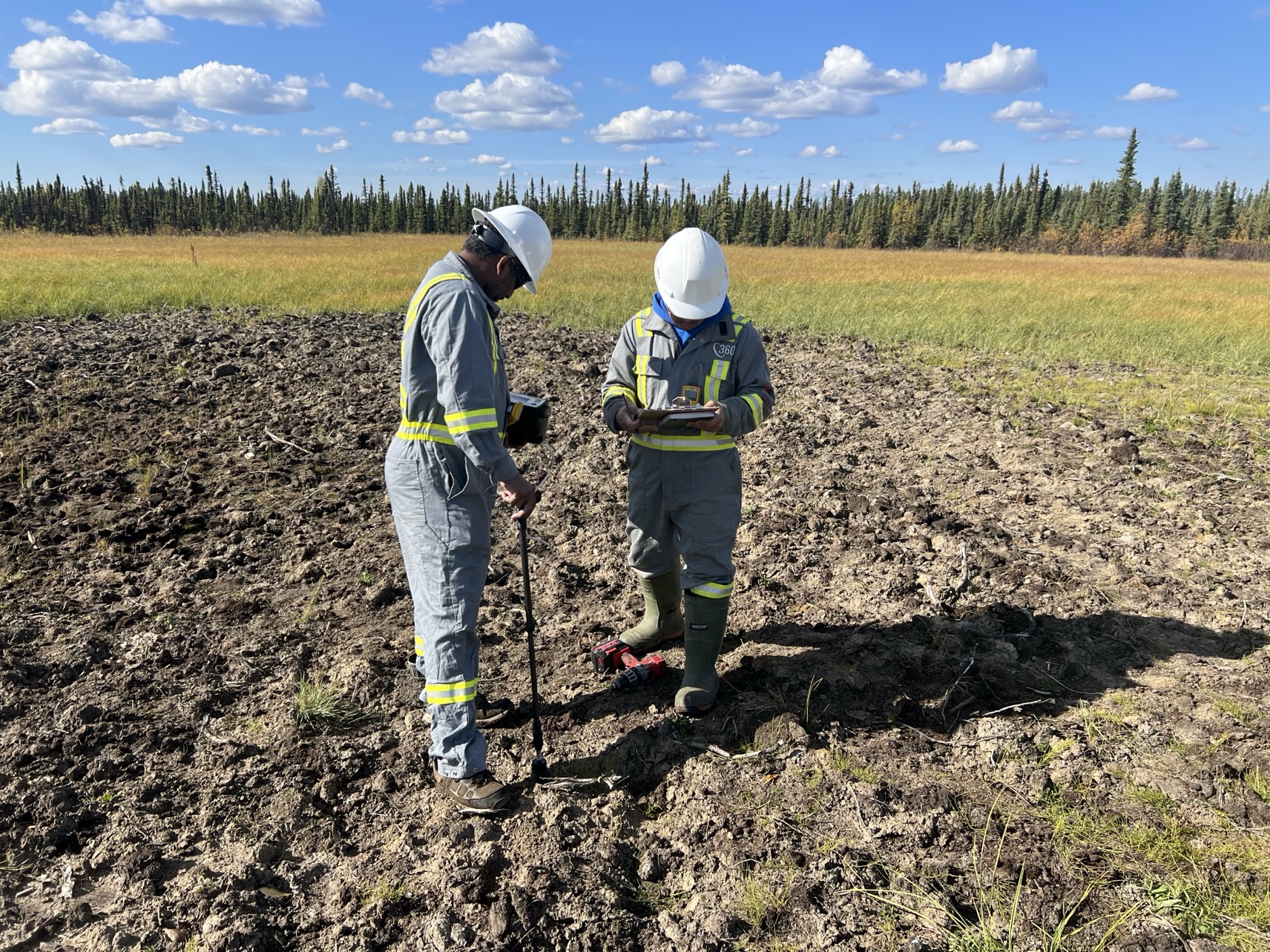Being competitive, or success oriented as an individual, when I first began my career I worried a lot about my value to the organization. It seemed clear to me that for me to be successful in my job, or for my company, that I would need to bring or demonstrate value every day. As far as working as a team, I thought as long as we were all working to be the most valuable player, we obviously would be a very successful team.
Similiarly, as I built my own organization, I looked for people that could demonstrate value and immediately hired them. Favouring skill above all, I started building a “team” that would compete to be named MVP and in that struggle we would be a world class organization. That didn’t work.
While individual talent levels and the desire to succeed were high, the ongoing chaos created by personal conflict, incompatible visions of success and the ongoing desire to be recognized as “most valuable” made the team highly dysfunctional and going to work every day became an effort for everyone. It made me question my own value as a team captain.
It was after a lot of reading, some coaching by some excellent mentors, and an honest assessment of what my priorities were, I realized that my value (or any employees) is somewhat unimportant. However, VALUES were the secret sauce that made teams successful. Understanding what I believed in, what success meant to me and how I was willing to go about achieving that success defined my values and in turn created an understanding that if I could find more people that shared those values and put them on my team, I could in fact create a winning team. That alignment in values was the critical piece to building a world class organization. Not value – values!!
When team members have aligned values, it results in a more harmonious and cohesive work environment, which enhances the opportunities for success in several ways:
- Improved Communication: Aligned values often mean that co-workers have similar perspectives and language around key priorities, making communication more effective and reducing misunderstandings.
- Increased Trust and Respect: Sharing core values can foster mutual respect and trust, which are essential for collaboration and for working through challenges together.
- Unified Goals and Vision: When values align, team members are generally more committed to common goals, leading to more focused and coordinated efforts.
- Enhanced Morale and Motivation: Working with people who share similar values can boost morale, leading to a more positive work atmosphere and greater individual motivation.
- Efficient Decision-Making: Values alignment can streamline decision-making processes as team members are more likely to agree on what constitutes the best course of action without prolonged debates.
- Reduced Conflict: While diverse perspectives are valuable, fundamentally different values can lead to conflict. Aligning values reduces the likelihood of value-based disputes, enabling smoother collaborations.
Overall, alignment in values helps build a strong, cohesive team that works efficiently towards shared objectives and adapts well to changes or challenges. I wish I had found out about the “s” earlier.
Thank you,
Todd

About the Author
Todd Parker, Vice President of Environment
Todd is 360’s VP of Environment and is responsible for leading 360’s exemplary team of scientists, project managers and regulatory scientists in the efficient execution of industry-spanning environmental solutions. Prior to joining 360, Todd founded Blue Spark Energy, a private oil and gas services company specializing in enhanced oil recovery techniques. During his 11-year tenure as the CEO and President of Blue Spark, Todd led the company through substantial growth and transformation. Under Todd’s visionary leadership, Blue Spark evolved into a global player, working with clients across Europe, West Africa, the Middle East, and the Far East.
































































